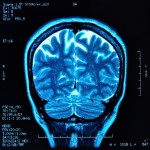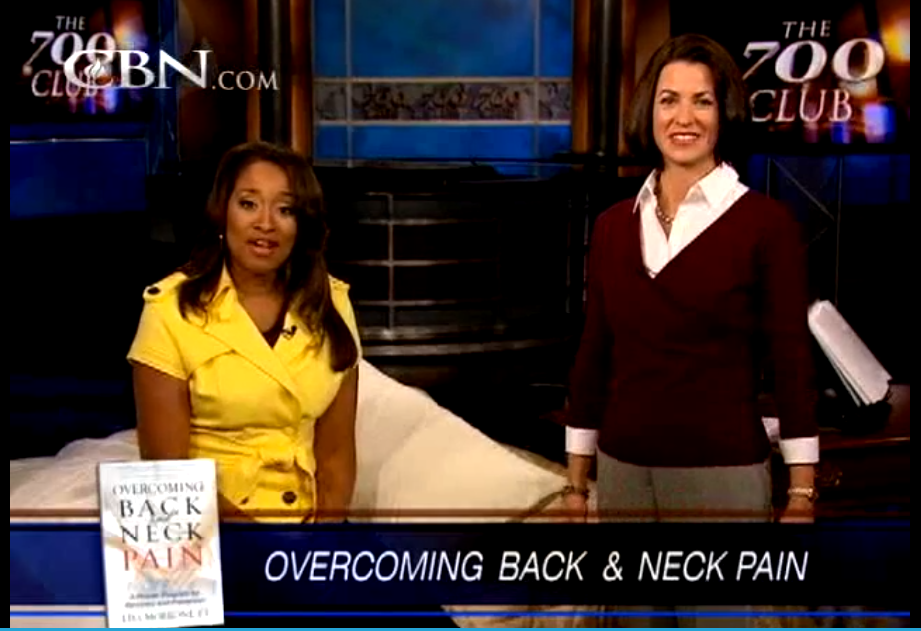The New Science of “Mild” to Moderate Head Injury

As a former high school athlete and sport spectator I have witnessed the occurrence of many head injuries ranging from mild to severe.
Back in those days, the management of mild to moderate head injuries was thought to be “much ado about nothing.” Coaches followed a Shake it off and get back in the game! sort of protocol. If your head trauma rendered you a bit loopy or if, in fact, you happened to lose consciousness for a moment…or a minute, then you could rest on the bench for a while. As soon as you were feeling better (or you were needed out on the field), you rejoined the action.
Thanks to scientific research, these “laissez-faire” management tactics have changed. Today, no head trauma incident is taken lightly—nor should it be. It’s now understood that deleterious, long-term effects from concussions can absolutely occur, but they stem primarily from poorly managed injuries.
Ninety percent of the time, potentially brain-damaging concussions occur without loss of consciousness. Any degree of head trauma can lead to post-concussive syndrome (PCS) in which the affected person can experience one or more of the following symptoms:
- Headache, migraine
- Neck pain
- Nausea, vomiting
- Memory loss, difficulty concentrating, mental fatigue
- Dizziness, difficulty with balance, motion and/or coordination
- Blurred or double vision
- Emotional lability (e.g., anxiety, depression)
- Sleep disturbances
Typically, these symptoms peak at 4-6 weeks following the injury. Unfortunately, for some, the symptoms of PCS can last for a year or longer.
Intervention for today’s concussive patient includes significant periods of brain rest (from jostling, thinking/calculating, and focusing visually on screens and text. Treatment will also mix and match vestibular, visual, and exertion therapies, as well as prescription medication (if need be) to target the areas of defect present.
Experts in the field are now asking parents of young athletes to take a pro-active approach to head injury by getting a baseline neurocognitive (computerized) test done annually for children 6-12 and every other year for those 13 and older. This way, if a head injury does occur, the intervening healthcare professional can know exactly how much injury has taken place and when the child has recovered sufficiently (to their documented pre-injury status) to be returned to school and extracurricular activities.

